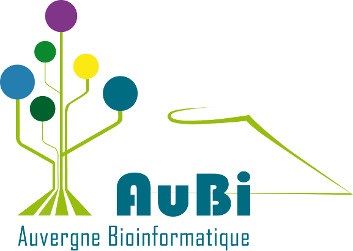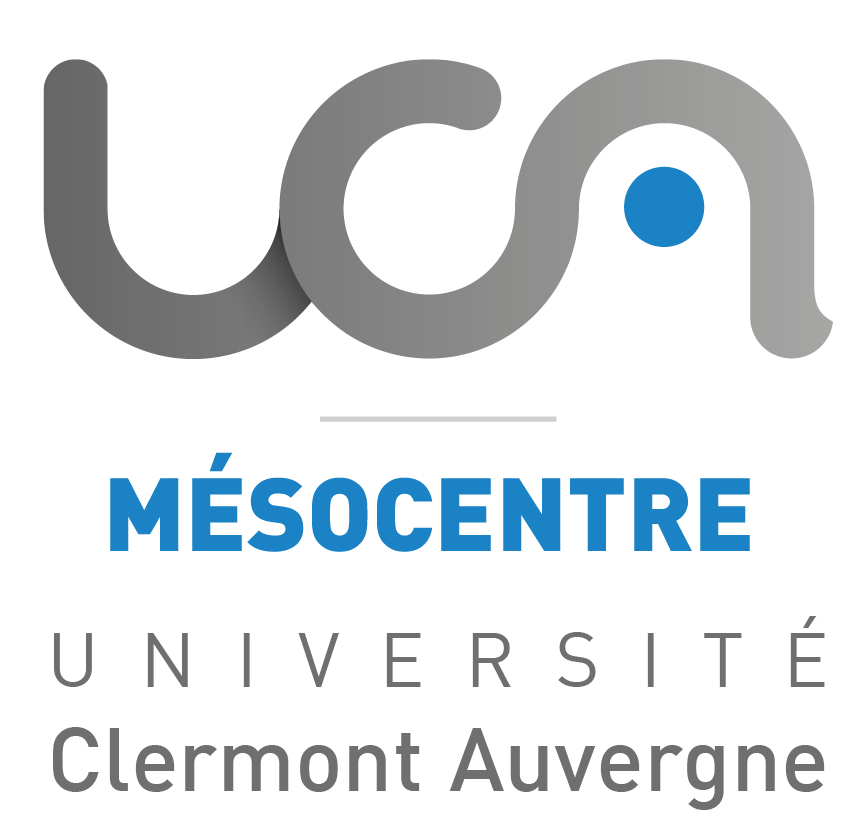IWGSC 2.0: Implementing the Wheat Diversity Project
Résumé
The International Wheat Genome Sequencing Consortium continues its mission to accelerate bread wheat improvement through a strategy of increasing community coordination in the generation and access to genomic tools and resources. This approach led to the first complete genome sequence and annotation for cv. Chinese Spring, now a key reference resource in wheat biology, genetics and breeding (current release IWGSC CS RefSeq v2.1). In Phase II, the IWGSC will take advantage of dramatically improved sequence and assembly methods to update the CS RefSeq and produce 12 additional reference sequences that represent the extent of world-wide diversity in hexaploid wheat (Triticum aestivum L. 2n = 6x = 42, AABBDD). Previous high-density genotype studies identified 8 foundational phylogeographic haplogroups among 632 landrace accessions conserved at the INRAE Biological Resources Center (Balfourier et al., 2019). Those selected for this study exhibit minimal admixture and encompass thousands of years of genetic differentiation due to localized dissemination and cultivation throughout regions of Europe, Northern Africa, and Southern and Eastern Asia. These highly diverse and ancestral gene pools are largely absent in modern cultivars, thus providing an untapped reservoir for adaptive traits with potential value in future breeding efforts. Long-read sequencing, optical mapping, and chromosome conformational capture sequencing will enable chromosome scale reference assemblies approaching platinum quality for each accession. This project will sustain the role of the IWGSC CS RefSeq as a community-curated resource by precisely mapping existing gene annotations to the new reference, thus providing tractability with cumulative years of research literature and online knowledgebases. To enable evidence-based gene annotation and to identify accession-specific or novel genes, this project will additionally develop transcriptomic sequences from each accession using multiple tissues and developmental stages. Finally, this project aims to represent the diversity in these and other emergent publicly available reference sequences using a Practical Haplotype Graph (Bradbury et al., 2022). This compact storage method for pangenome data also provides tools for efficient and accurate genotype imputation for trait-dissection and breeding applications. These products will empower the wheat community to strategically incorporate underutilized germplasms to meet current and future challenges in bread wheat research and crop improvement. This project is funded by NSF Award #2322957, the European Research Council ERC (project 3Dwheat #101044399), INRAE Plant Biology and Breeding department, and the IWGSC.
Domaines
Sciences du Vivant [q-bio]| Origine | Fichiers produits par l'(les) auteur(s) |
|---|---|
| licence |






